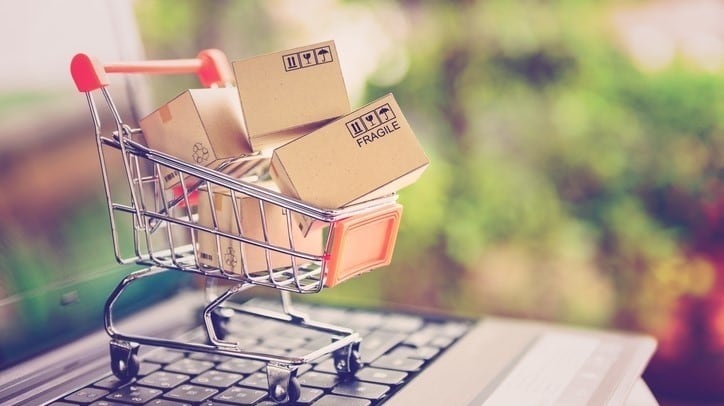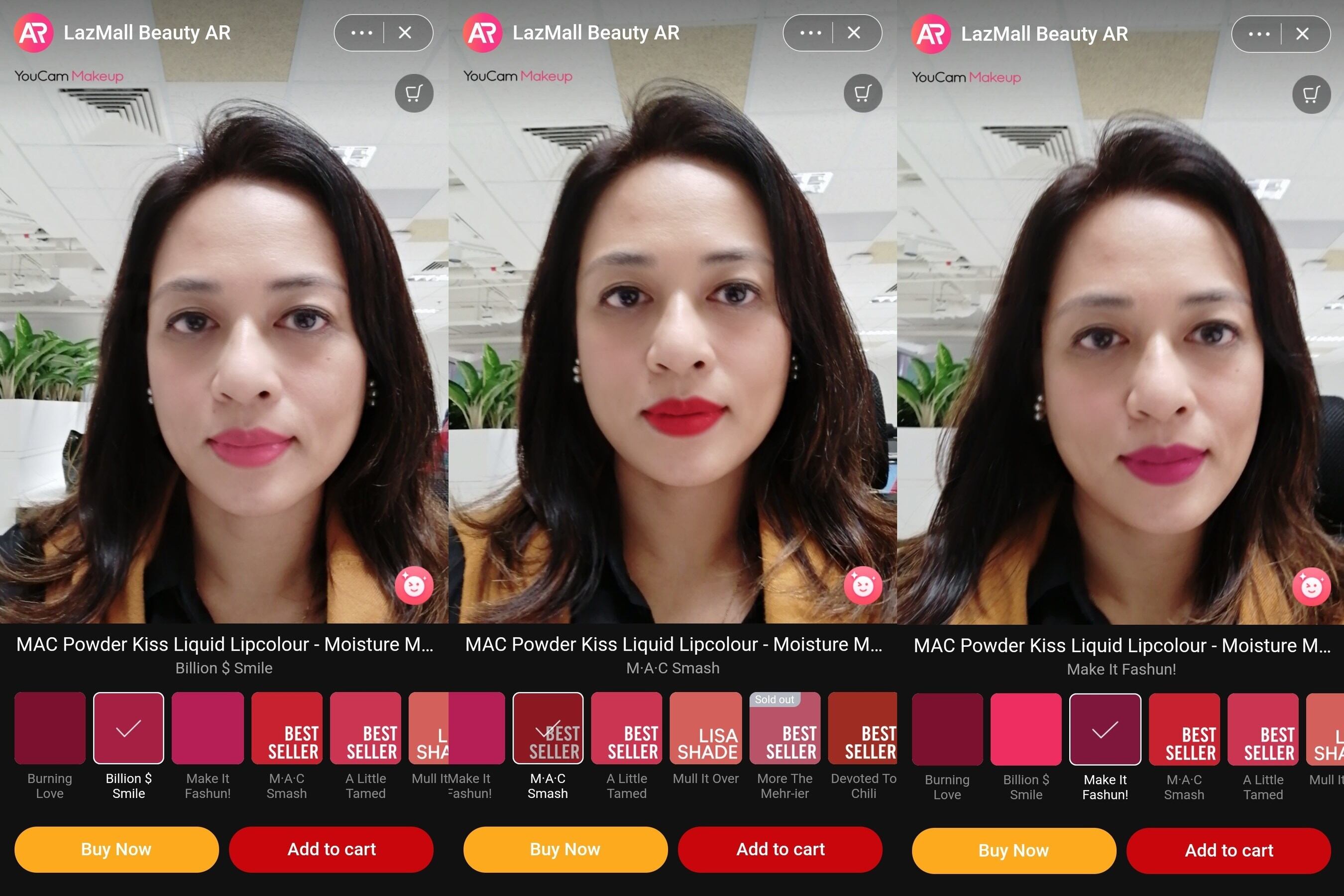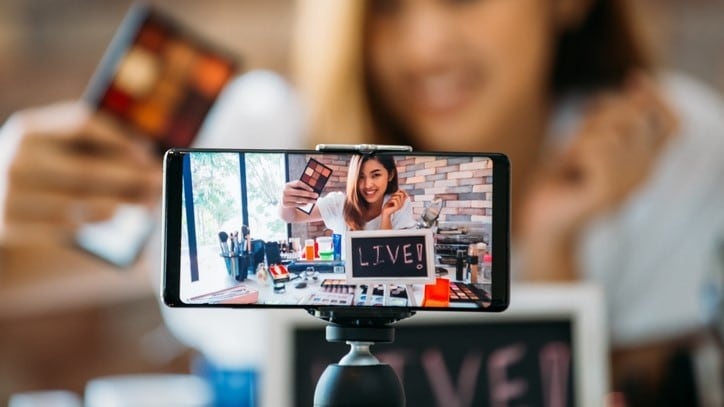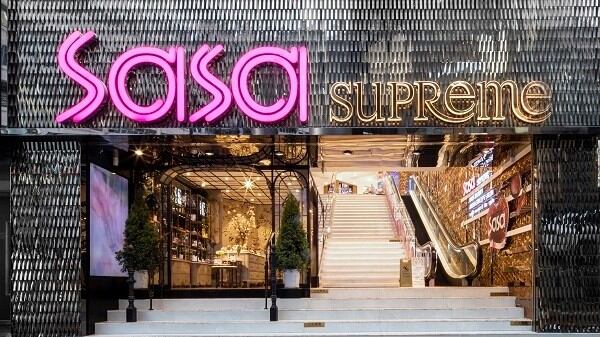According to Damisa Tseng-Prompoj, regional head of e-commerce at Intrepid Group Asia, a regional digital and e-commerce solutions provider, the relationship between consumers and mega campaigns has evolved significantly in the past decade.
She recounted her early days in Lazada, where such campaigns were treated as “just another sales day”, and not the hotly anticipated mega-events they are today.
“The way [e-commerce] platforms and brands think about mega campaigns is that it’s no longer a one-off day. The customer engagement begins long before the campaign begins, and long after it is over,” she told CosmeticsDesign-Asia.
On the consumer side, they have learnt to anticipate these mega-events, which can be illustrated by the hourly pattern of sales during these events, said Tseng-Prompoj.
“Within the past few years, a stark difference that can be observed is that a large portion of a brand’s sales – in our experience up to 45% – can be driven by just the first two hours of a campaign, or what is known as ‘Golden Hours’.”
As such, the ‘pre-hype’ teasing has become critical for brands in the lead up to mega sale days. This would typically begin two to three weeks before the actual event, all depending on the scale.
“When they think about campaign strategies in this new era, it’s about understanding that the lead-up and follow up with a campaign is as critical as the campaign day itself.
“The idea is to build brand awareness for potential customers by providing a sneak peek of the deals, drive pre-sale activities, facilitate the early collection of vouchers – all with the goal of driving add-to-cart.”
Now that these events are largely anticipated by consumers, most of them tend to hold off spending till they can bag a good deal. However, this does not cause as much of dip in day-to-day sales as we might think, according to Tseng-Prompoj.
She highlighted that the goals of these mega shopping events have also shifted. While it used to be all about driving gross merchandise value (GMV), it was now the opportune moment to acquire new customers.
Last year, Lazada’s Double 11 campaign saw the number of new users rise 120% from the previous year.
“It’s a fantastic opportunity to acquire new customers. Why is this significant? Because even though there’s maybe less excitement on months that don't have a mega campaign and you see a dip, we do see baseline sales increasing,” said Tseng-Prompoj.
Only upwards from here
Moving forward, we can expect an increased frequency of sales events. For instance, this year, Shopee introduced the brand new 3.15 Consumer Day sale.
“There are occasions for us to increase mega campaign sales days across the region. We’ve also seen double-doubles or plus campaigns. These are not necessarily as big as megas, but these are the campaigns that customers can expect on a month-to-month basis. Those are just regional campaigns, on top of that there are also local campaigns to consider,” said Tseng-Prompoj.
Overall, Tseng-Prompoj believes that the pros of having more sales campaigns outweigh the cons.
“Most of the time, brands are keen on creating opportunities to capture new digital consumers. Platforms are spending significantly on online and offline marketing channels to stimulate interest in campaigns.
“At a certain point, there has to be an inflexion point there are diminishing returns on the number of campaigns, but so far, we haven’t seen that. We’ve still been able to grow pretty successfully from campaign to campaign.”
More sales campaigns also mean more innovation from the brands and e-commerce platforms themselves, as they cannot continue to rely on the same promotion mechanics forever.
“Having campaigns at this high frequency forces us to innovate. It can be very tempting to keep running the same promotions for our brands because we know this has worked previously, but if we do, we will see diminishing returns.
“We push our brands to try and run different marketing or different commercial tactics, perhaps doing a giveaway, lucky draw, or experiment with gamification or live streaming, for example,”





